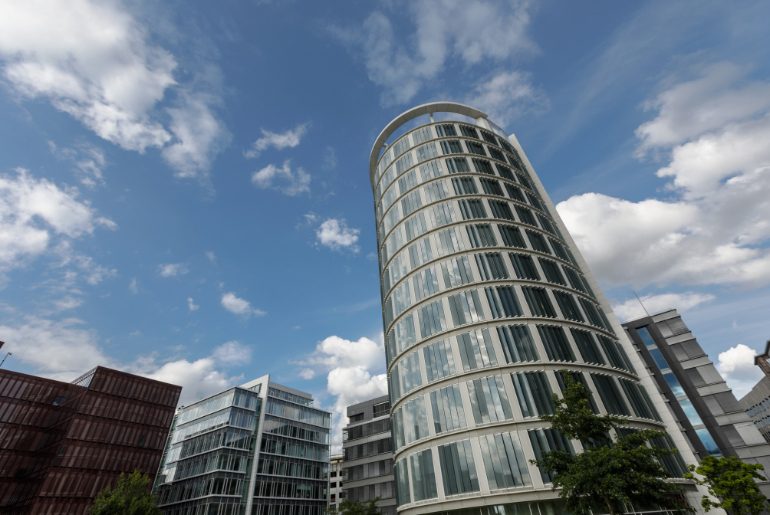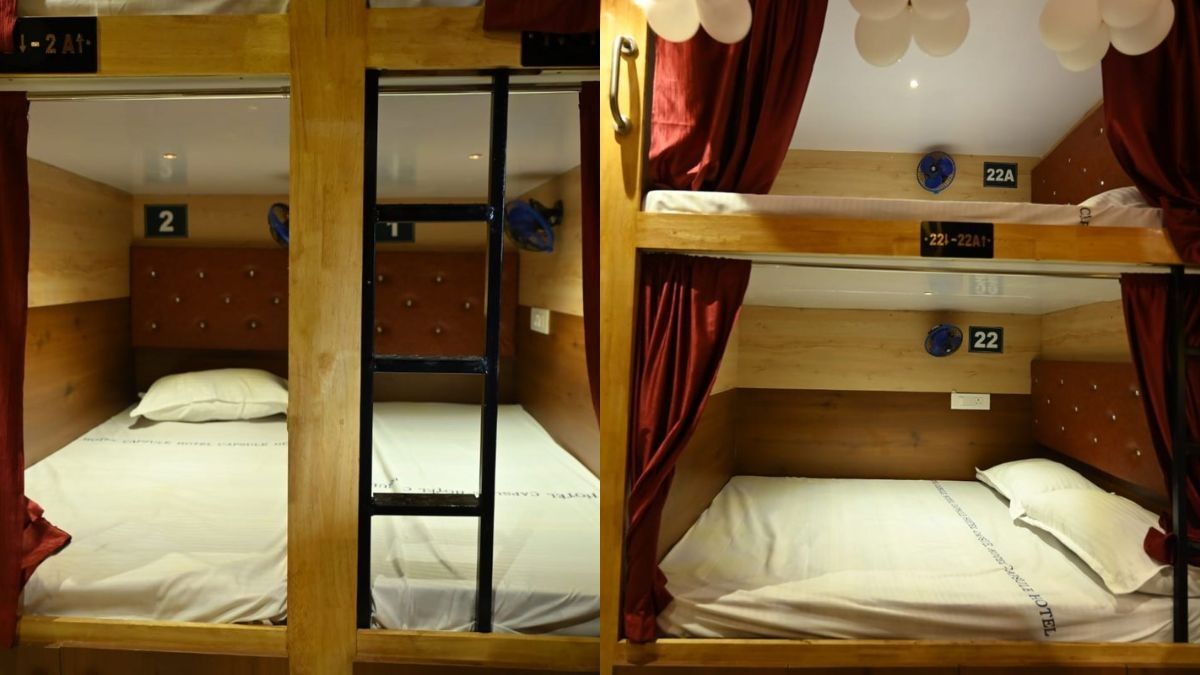In response to the challenges posed by land scarcity in Mumbai and Thane, the Maharashtra state government has taken a groundbreaking decision to establish Vertical University Campuses (VUCs). These campuses will function as self-financed universities and require significantly less land than traditional university setups. The approval for the VUCs was granted during a state cabinet meeting held on July 19. It makes Maharashtra the first state in India to embrace this innovative approach to university infrastructure.
Vertical Campus Buildings To Be Introduced In Mumbai And Thane

Instead of sprawling across extensive land areas, these campuses will rise vertically, similar to the towering corporate structures found throughout the city. This adaptation of the concept is aimed at effectively utilising the limited available space. It will also address the growing demand for quality higher education facilities in bustling metropolitan regions. Under the new policy, private universities in Mumbai City, Mumbai suburbs, and Thane can be established with a minimum built-up area of 15,000 square metres. In contrast, the previous policy required 10 to 25 acres of land in various locations. It often proved unattainable in densely populated cities like Mumbai.
The state government’s proactive approach aims to provide a conducive environment for the growth of education without compromising on the city’s development goals. A crucial aspect of the vertical university campus policy is to ensure that these universities have independent buildings dedicated exclusively to academic and educational activities. The classrooms will adhere to the guidelines of the University Grants Commission (UGC) and the All India Council for Technical Education (AICTE). It will consequently ensure quality education delivery.
Also Read: By 2050, Kochi, Alappuzha And These Places In Kerala Will Be Gone And Under The Sea!
This Concept Will Revolutionise The University Infrastructure In The Country

Only institutions with NAAC (National Assessment and Accreditation Council) grade points of 3.25 and a spot on the list of the top 200 institutions maintained by NBA or NIRF will be qualified to apply for a vertical university campus. It will consequently ensure high standards in education. This guarantees that only reliable institutions will take part in this initiative, raising the standard of instruction provided.
The introduction of VUCs was decided upon in accordance with the recommendations of two committees established over a five-year period. The Arun Bongirwar committee was established on August 25, 2015. It recommended looking into the possibility of vertical campuses to address Mumbai’s space issues. The Jayant Banthia committee was then established on February 27, 2020. It was given the job of creating rules for the construction and operation of vertical university campuses.
Maharashtra is setting the bar for new infrastructure for higher education in India.
Cover Image Courtesy: Canva
First Published: July 30, 2023 1:18 PM



